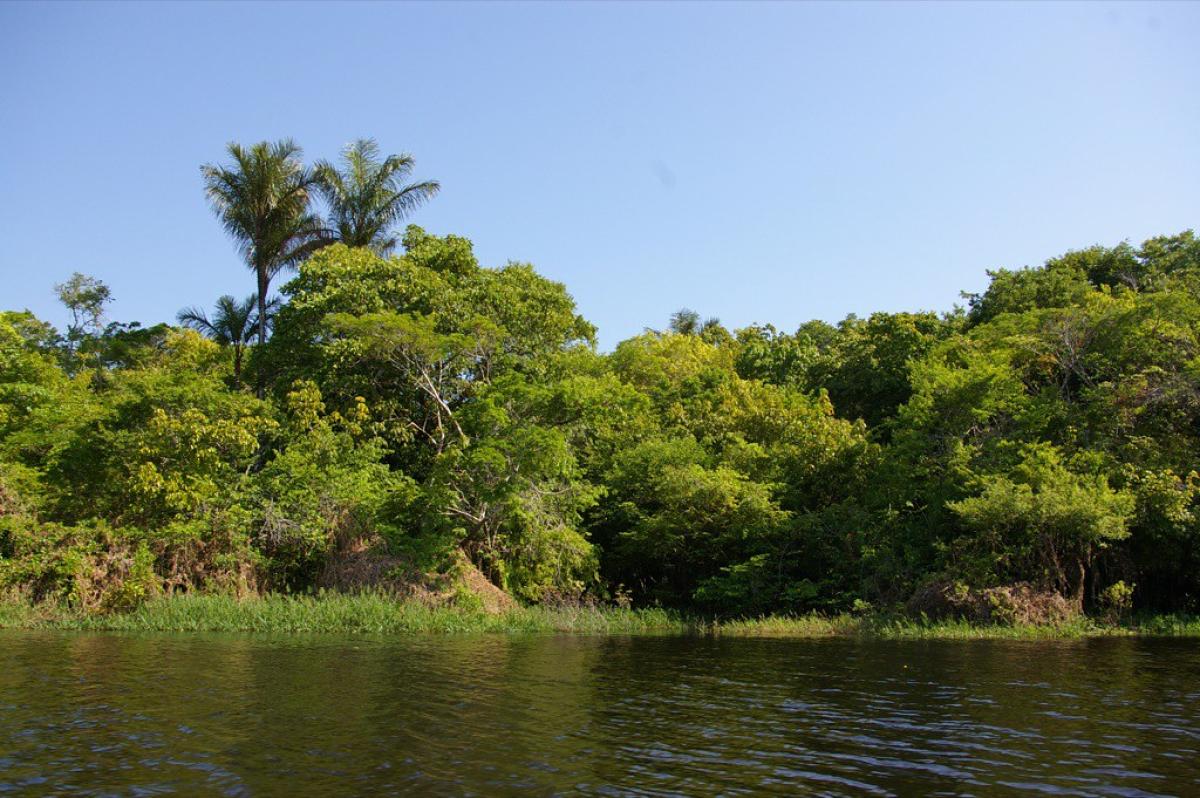The Amazon basin in South America is a huge river drainage system roughly as large as the continental United States, and archaeological evidence shows that humans have lived there for about ten thousand years. Until the 1980s researchers believed that native Amazonians lived in small nomadic tribes that had little impact on their surroundings.
Since then, growing evidence has shown that Amazonians practiced agriculture and had organized settlements. Major evidence of organized settlements came when archaeologists began to use a technology called three dimensional laser scanning or LIDAR. LIDAR sensors carried aboard aircraft can survey vast swaths of territory and generate a three dimensional map of the ground below. This map can reveal the contours of the remains of past human structures.
In 2022 a team of European researchers reported a major discovery. Their LIDAR survey revealed a network of twenty-six agrarian settlements in the Amazon basin, including two urban centers more than three times the size of Vatican City in Rome. The settlement system included pyramids and platforms, raised causeways running for miles, and an irrigation system of canals and reservoirs. Rather than large cities densely packed with people, the settlement system instead supported a sizable population as a series of urban settlements with open space for farming between them.
The archaeologists identified the culture that built the system as the Casarabe, and it flourished more than six hundred years ago. Beyond such impressive technological achievements, little is known about this lost civilization, but the findings show that Native Americans independently developed quite complex societies before European invaders arrived on their shores.










